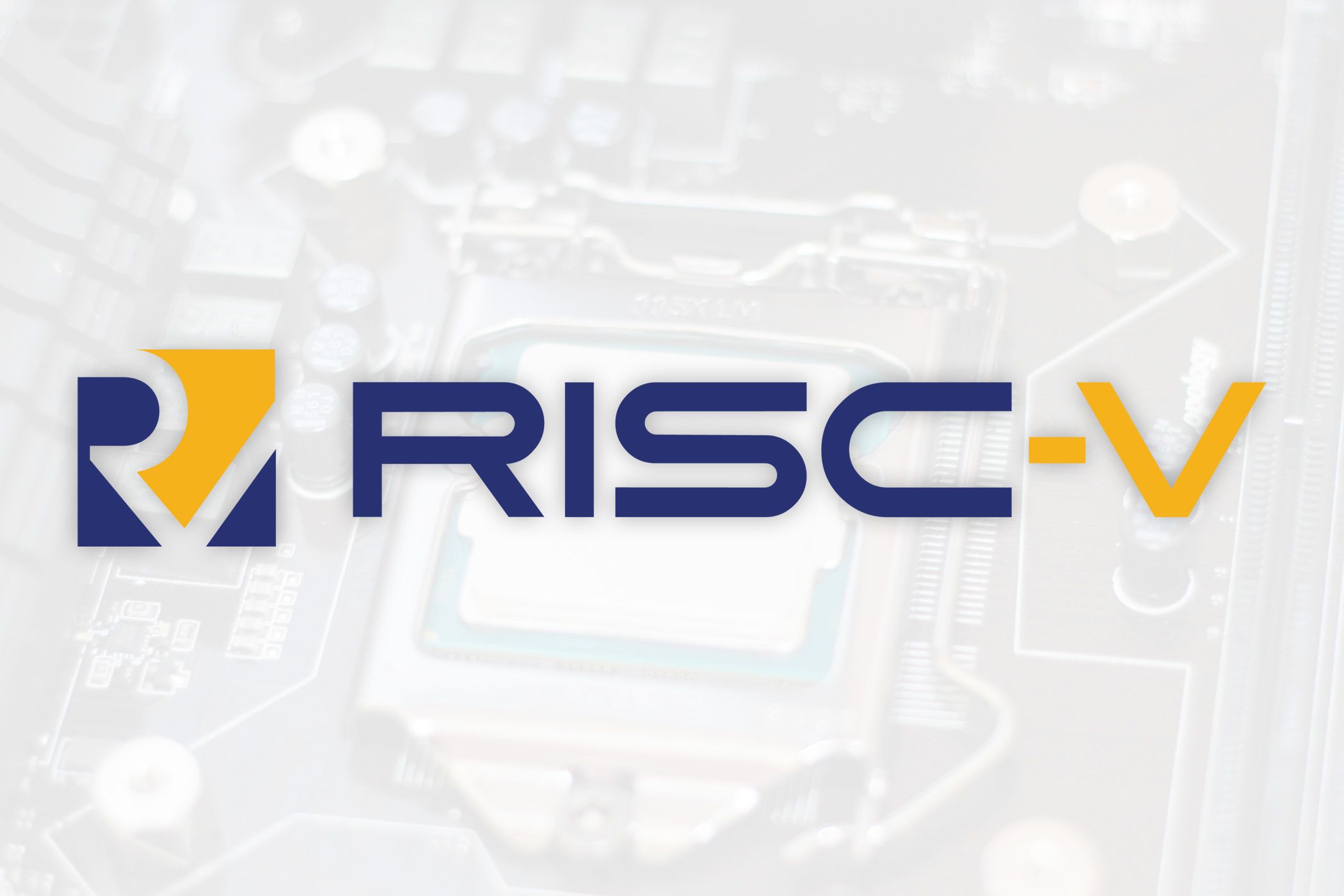Most of our smartphones, smartwatches, and even some laptops are now powered by the ARM architecture. But there's been a new player slowly growing — RISC-V. There are many advantages to the completely-open design, and chip makers are slowly embracing it as an alternative to ARM chipsets. Qualcomm announced a partnership not too long ago to bolster RISC-V and make it grow exponentially, and now, it's doubling down on that commitment with its first RISC-V platform, which is coming soon for smartwatches.
Qualcomm has announced that, in partnership with Google, it's set to release a new RISC-V chip that will power next-gen Wear OS smartwatches. Not a lot is known about the first chip that will land on the market as part of this announcement, other than it will belong to the Snapdragon Wear lineup. So really, this is more of a promise of "we'll release a RISC-V chip for smartwatches soon" than an actual announcement of that chip. This is not surprising given that work on this chip, and progress on getting Wear OS (and Android in general) to run on RISC-V, is probably not finalized just yet. However, it is still good to see this kind of commitment.
All of Qualcomm's smartwatch chips, and all of its current lineup of SoCs in general, are based on ARM. The Snapdragon W5 Gen 1 chip, which powers the Pixel Watch 2 from Google, is based on ARM. And while this won't change in the near future, this would be Qualcomm's first commercial RISC-V chip to land on the market, as well as probably the first RISC-V offering from a major chip maker. There is currently RISC-V hardware in the wild, such as the Star64 from Pine64, which uses a RISC-V SoC from a Chinese chipmaker called StarFive. This one, however, would likely see non-niche widespread use, and will likely serve as the founding stone for other, even more powerful RISC-V chips — perhaps even a smartphone chip at some point.
We'll have to wait for Qualcomm's full announcement in the future, but the future of RISC-V is looking increasingly promising.
Source: Qualcomm

